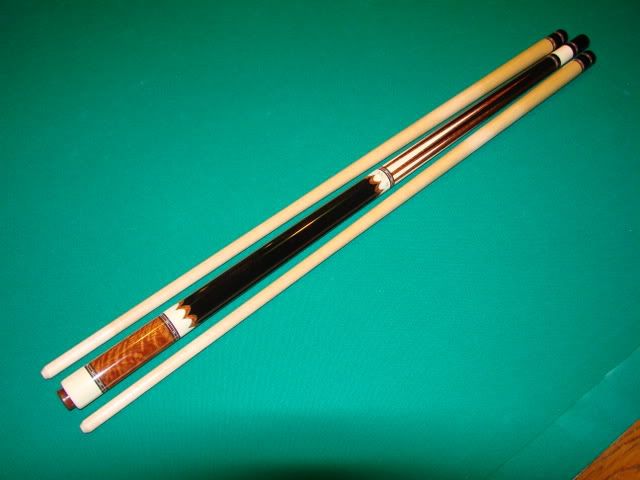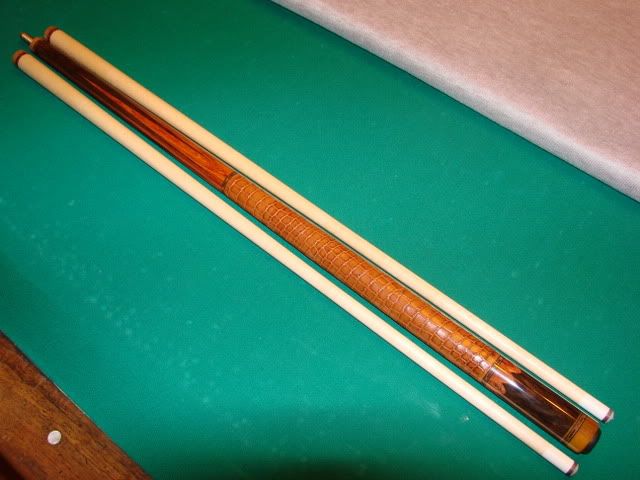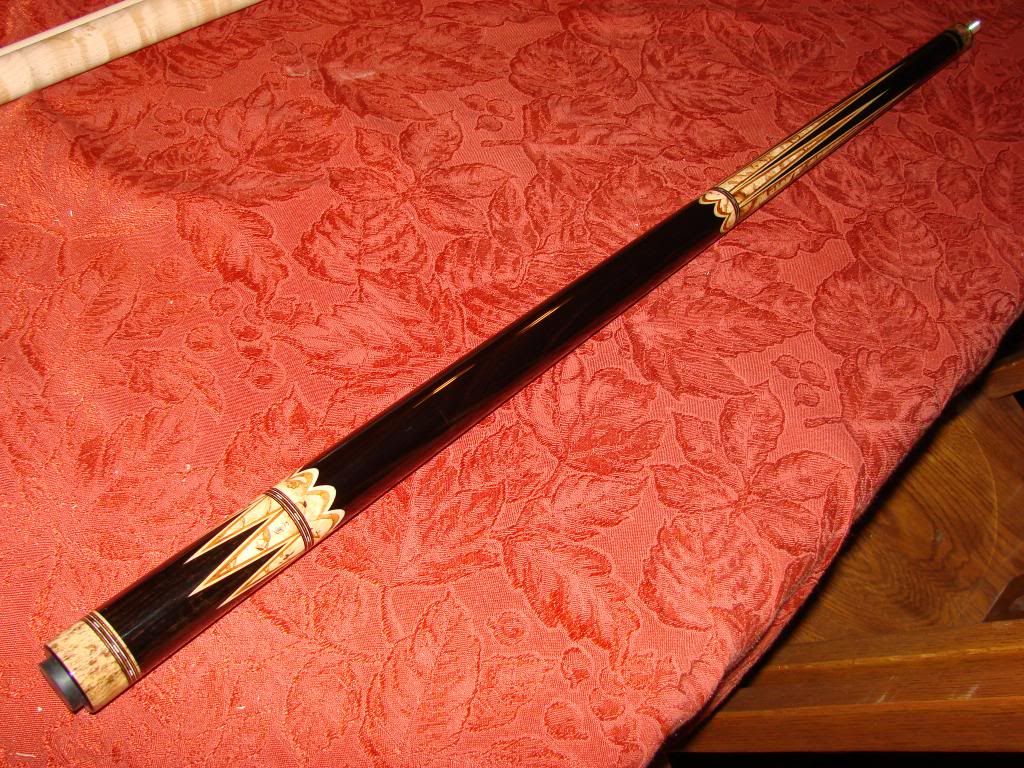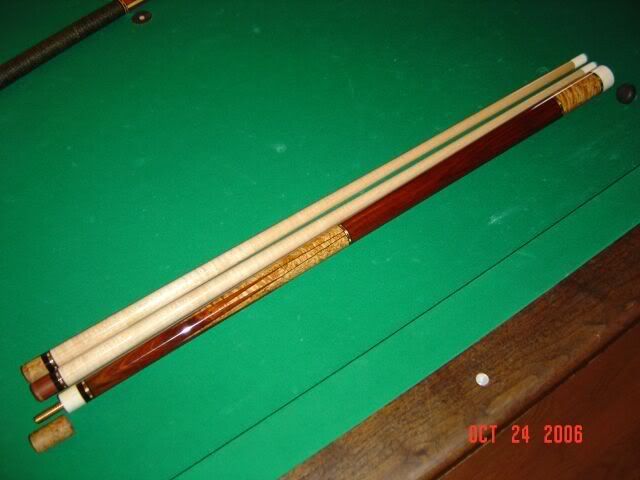Since we side tracked the Ivory Slabbing thread with finish discussion I thought we would visit this subject again. But lets do it differently from past threads.
Lets list the negatives and positive you see in each type.
Here is one:
Cue Cote Epoxy finish.
Positives:
1. I like the hardness it reaches as it dent resistant, but can dent without lifting.
2. It will shine up nice with some effort.
3. Only requires a slow speed lathe to put on with brush.
4. Bubbles are easily removed with a torch.
5. Fumes are not as bad or toxic as many other finishes.
Negatives:
1: It is a little harder to master than many other finishes
2. It is slow drying.
3. It ties your lathe up for at least 12 hours as it has to slow rotate for several hours to cure and lever out.
4. It is harder to buff back to a shine than many finishes.
5. Not suggested as a finish without carbide sanding mandrels s thickness is hard to control.
Lets list the negatives and positive you see in each type.
Here is one:
Cue Cote Epoxy finish.
Positives:
1. I like the hardness it reaches as it dent resistant, but can dent without lifting.
2. It will shine up nice with some effort.
3. Only requires a slow speed lathe to put on with brush.
4. Bubbles are easily removed with a torch.
5. Fumes are not as bad or toxic as many other finishes.
Negatives:
1: It is a little harder to master than many other finishes
2. It is slow drying.
3. It ties your lathe up for at least 12 hours as it has to slow rotate for several hours to cure and lever out.
4. It is harder to buff back to a shine than many finishes.
5. Not suggested as a finish without carbide sanding mandrels s thickness is hard to control.
Last edited:



